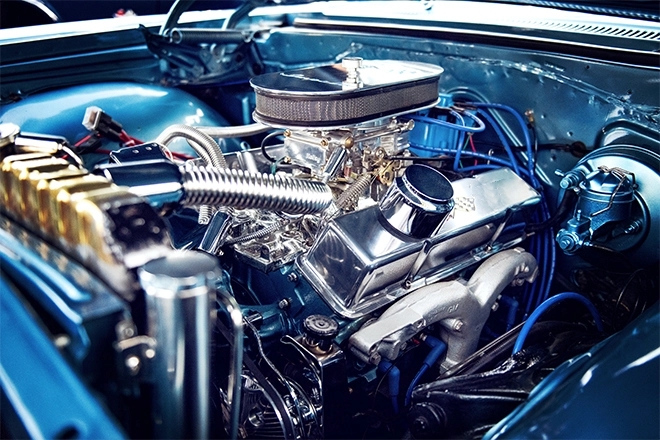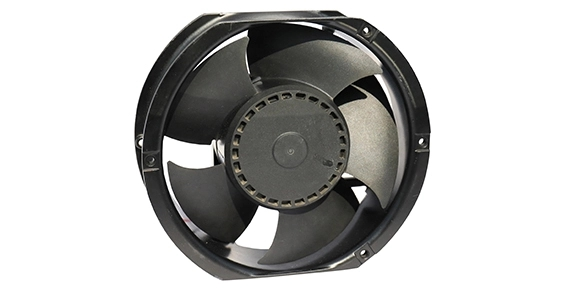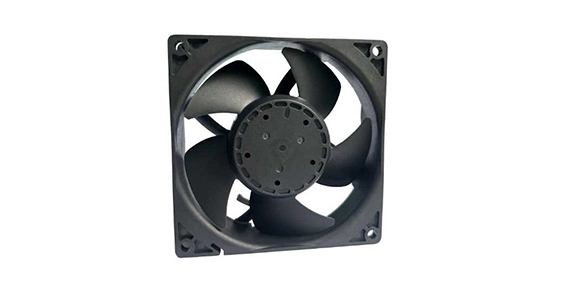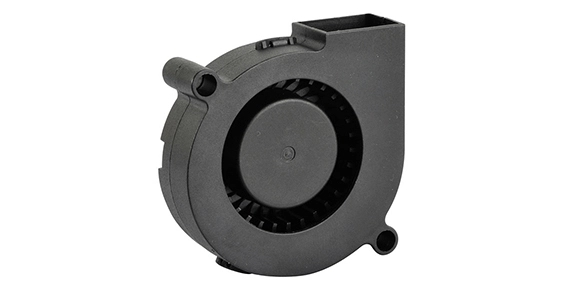The engine cooling fan is an essential component of a car's cooling system. It plays a critical role in keeping the engine at an optimal temperature, preventing overheating and ensuring smooth operation. Understanding how these cooling fan systems work and the common issues they can face is crucial for every car owner. In this article, we will take a closer look at the anatomy of car engine cooling fan systems and discuss some useful tips for upgrading and choosing the right fan for your car.
Understanding the Role of Automotive Engine Cooling Fans
The primary function of a car engine cooling fan is to regulate the temperature of the engine by dissipating heat. It achieves this by pulling air through the radiator, which helps cool down the coolant passing through it. This cooling process prevents the engine from overheating during prolonged use or in hot weather conditions.
Common Issues with Automotive Engine Cooling Fans
Like any other mechanical component, cooling fans can develop issues over time. Some common problems include motor failures, damaged fan blades, worn-out bearings, or electrical faults. These issues can lead to reduced cooling efficiency, excessive noise, or complete fan failure. Regular maintenance and inspection can help identify these problems early and prevent further damage to the cooling system.
Tips for Upgrading Your Automotive Engine Cooling Fans
If you are looking to upgrade your car's engine cooling fan, here are a few tips to consider:
Determine your cooling needs
Depending on your car's engine size and power, you may require a cooling fan with higher airflow capacity. Consider factors such as increased horsepower, modifications like turbochargers, or driving conditions that may require enhanced cooling.
Choose the right fan design
Engine cooling fans come in different designs, including mechanical fans, electric fans, or a combination of both. Evaluate the advantages and disadvantages of each type and choose the one that suits your needs best.
Consider fan control options
Upgrading to a fan with variable speed control can provide more precise temperature regulation and reduce power consumption. This can also help improve fuel efficiency and reduce unnecessary noise.
Choosing the Right Automotive Engine Cooling Fans for Your Car
Here are a few factors to consider when selecting an engine cooling fan for your car:
Size and fitment
Ensure that the fan you choose fits properly in your automotive cooling fan bay without any clearance issues. Measure the available space and select a fan that matches these dimensions.

Airflow capacity
Look for a fan with sufficient airflow capacity to meet the cooling requirements of your engine. This can depend on factors like engine size, power output, and the intended use of your vehicle.
Quality and reliability
Invest in a reputable brand that offers high-quality automotive engine cooling fans. Look for fans with durable construction, reliable motors, and well-designed blades for efficient airflow.

In conclusion, automotive engine cooling fans play a crucial role in maintaining the optimal temperature of a car's engine. Understanding their anatomy, common issues, and tips for upgrading and choosing the right fan can help ensure the longevity and performance of your car's cooling system. Regular maintenance and timely repairs can go a long way in preventing overheating and major engine damage.

 EN
EN 

 +
+
 +
+
 +
+



